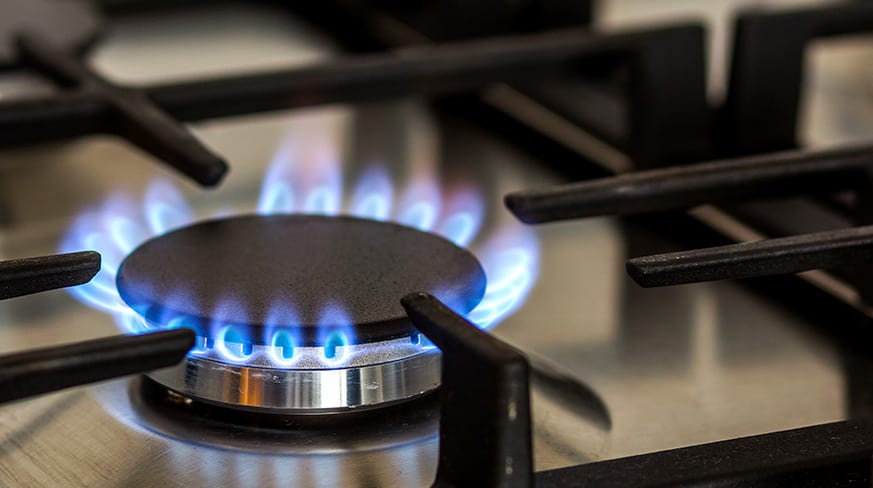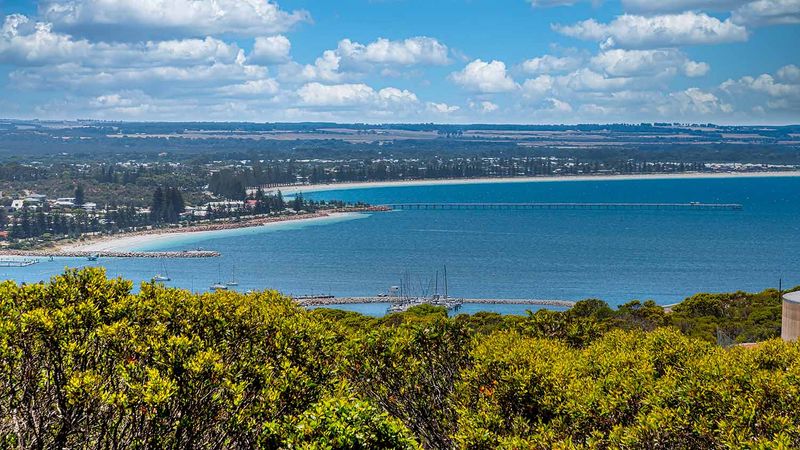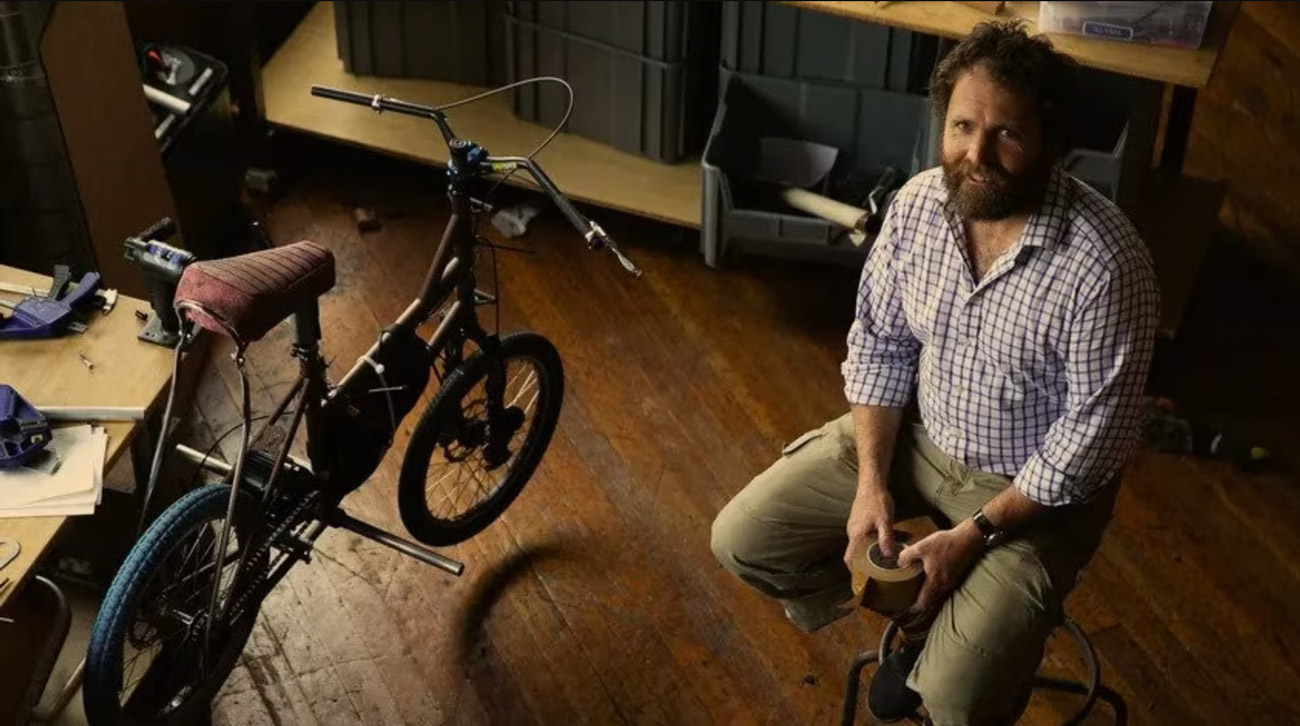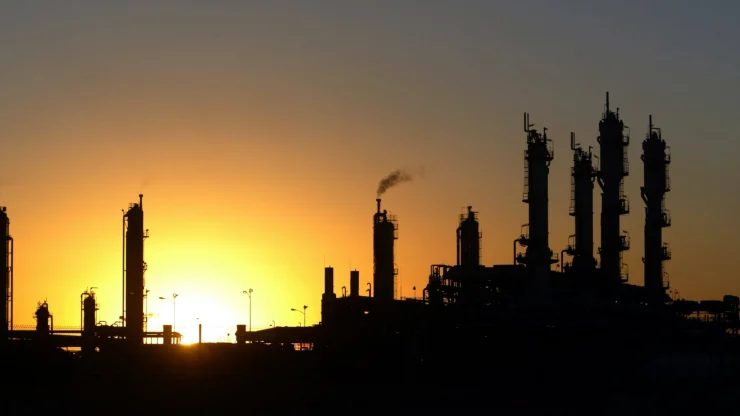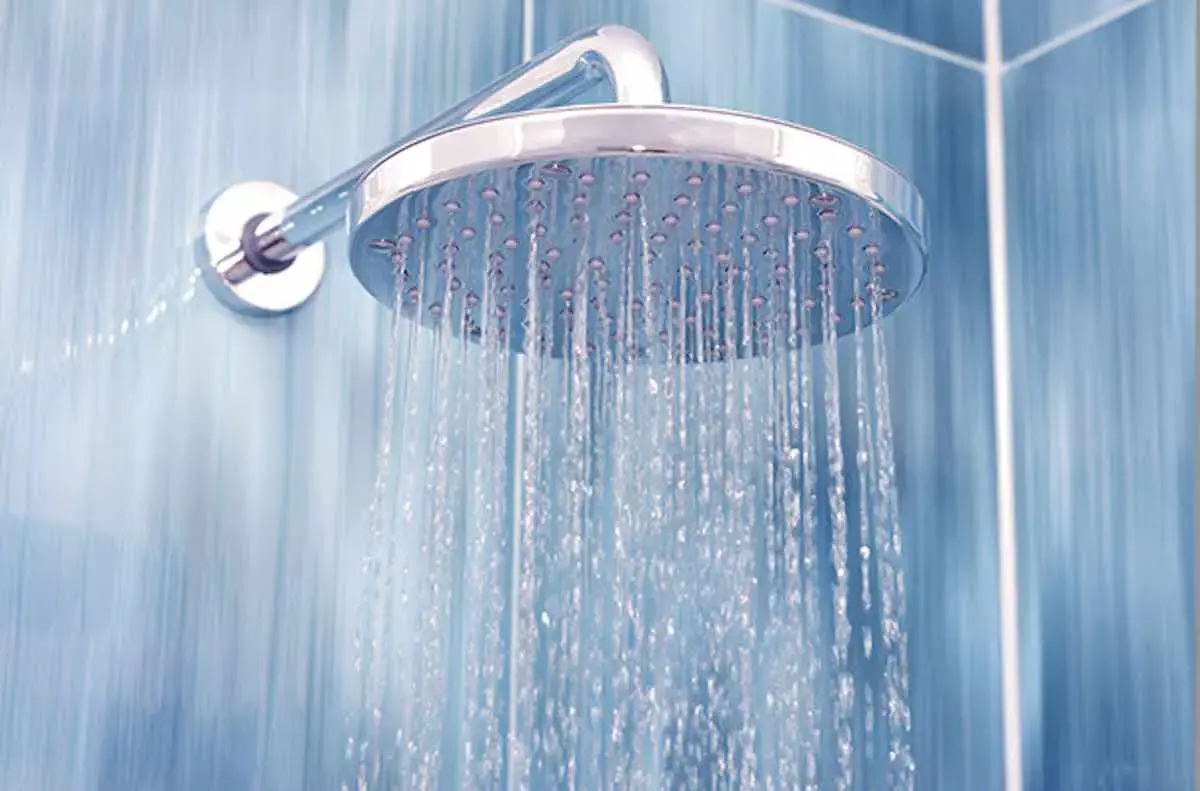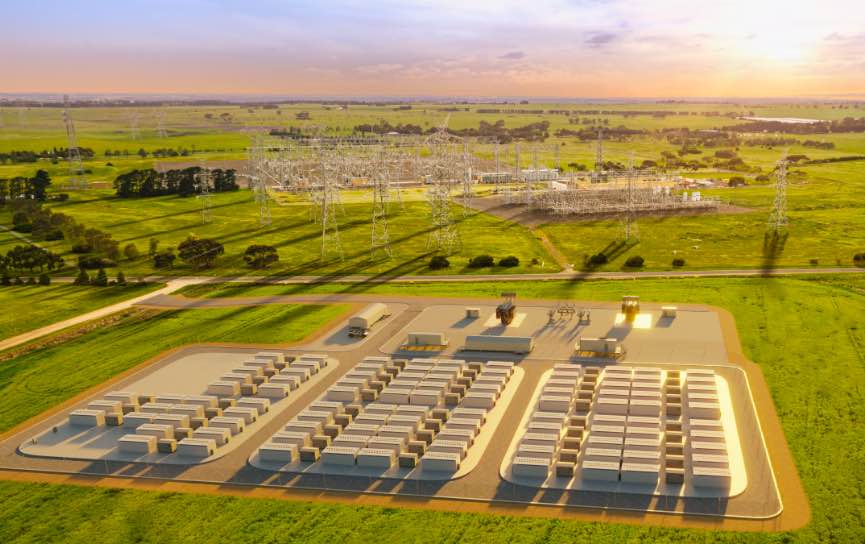3. How will going electric reduce emissions?
The growth in clean wind and solar means electricity is now a cleaner source of energy for cooking, heating and hot water – and has been in Victoria since 2019, if you’re using efficient electric appliances.3 As we get closer to a 100% renewable energy system, with more clean energy coming online, this gap will continue to grow.
Importantly, going all-electric can reduce climate pollution right now. While the gas industry likes to spruik fantasies about replacing methane gas with hydrogen in the distant future, this is little more than greenwashing. Learn more about why hydrogen is not a viable alternative for home use.
Climate change solution could come from 'electrifying everything', Australian inventor Saul Griffith says
ABC
By electrifying everything that can be electrified, Australia could cut its emissions by 80 per cent by 2035, according to credible estimates.
4. Why can’t we just use ‘renewable’ bio-methane?
Talking up the potential of ‘blending’ biomethane into the gas network is just another gas industry spin tactic. Just like with green hydrogen, it is designed to create the impression that it could be scaled up to make the gas network ‘low emissions’. But this is simply not feasible. The idea of using large amounts of bio-methane in the existing gas network suffers from three fatal flaws:
1. It’s too expensive
For biomethane to be cost-effective it needs waste streams that are large, centrally contained, and located near existing gas pipelines. According to Infrastructure Victoria, the cost of biomethane could range from around $7 to a whopping $50 per gigajoule. And in Europe, which has a much more developed biomethane industry, the costs are around two to three times Victoria’s current wholesale gas prices.4
2. It’s still polluting
Biomethane is chemically identical to conventional methane gas, which is a powerful and dangerous greenhouse gas. It would travel through the same leaky distribution pipelines, sending super-warming methane into the atmosphere. And, just like conventional methane gas, when biomethane is burned in our homes it releases harmful pollutants that damage our health.
Sydney awash with leaks as research shows the climate cost of gas
Sydney Morning Herald
Scientists warn we may be releasing far more gas into the atmosphere than anyone fully appreciates.
3. We couldn’t produce anywhere near enough of it
Households and businesses across the country’s east coast currently use about 580 petajoules of methane gas each year, but even highly optimistic forecasts only predict about 50 petajoules of biomethane would be available for use in the gas network5 – less than 10% of our current needs.
5. Why can’t we just use green hydrogen?
Put simply, using hydrogen in our homes is not cost effective, not even close.
One of the gas industry’s favourite spin tactics is to talk up the potential of ‘blending’ clean hydrogen (at very small percentages) into the existing gas network. This creates the impression that it could be scaled up in the future, but even the Hydrogen Council acknowledges6 that electrification is a better solution for uses such as home heating – which is where Victoria uses most of its gas.
This is because replacing dirty methane gas with green hydrogen in our homes would require extremely expensive upgrades to the entire gas network. It would also require households to replace their existing gas appliances which would not be able to burn hydrogen.
Hydrogen is also predicted to remain too expensive for household use for an extremely long time. Meanwhile electric alternatives cheaper and less polluting to run right now.
Unsurprisingly the industry omits these important details in their greenwashing.
The gas industry spin about using green hydrogen in our regular gas network has more to do with preserving the gas industry’s profits and the value of their pipeline assets.
Hydrogen in the gas grid is a dumb idea – very dumb
Renew Economy
In Germany, they’ve actually had a look at the issues around putting hydrogen into European gas grids and they’ve declared it’s all a waste.
6. Will the electricity grid cope if we phase out gas?
Electricity demand currently peaks in summer when people are using air conditioning. In winter, when Victoria uses the most gas, there is plenty of extra power capacity which means the grid will easily be able to cope with an increase in winter electricity demand.
Even with rapid home electrification, winter demand peaks are unlikely to overtake the traditional summer demand peaks until the end of the decade.7
So while phasing out gas means we will need more clean renewable energy over time, it is not an immediate concern, and good government policy and coordination will allow us to build the infrastructure we need without affecting reliability. The Australian Energy Market Operator is already planning for this, and you can get more detail in their 2022 Integrated Systems Plan (ISP).
What’s more interesting, is that some aspects of home electrification will actually make our grid more reliable and enable the integration of even larger amounts of wind and solar power!
For example, ‘smart’ electric hot water heaters can be switched on and off in response to changes in electricity supply and demand. A heater with a 300-litre tank can store about as much energy as a Tesla Powerwall, and across the grid they could be used to soak up excess “off-peak” renewable energy and provide the demand flexibility the grid needs.
As more and more homes go electric, electric water heaters could eventually store as much energy as over 2 million home batteries at a fraction of the cost. Amounting to over $6 billion a year saved on our energy bills.
Electric water heaters could do work of 2 million home batteries – and save billions
Renew Economy
Electric water heaters offer a much cheaper way to store large amounts of energy and provide the demand flexibility the grid needs.
Bonus fact: Smart EV charging will mean electric cars can be used as batteries to shift demand and make our grid more reliable in a similar way to electric hot water heaters.
7. Why more renewable energy means we need LESS methane gas?
The graph below shows that as we’ve built more clean wind and solar power in Australia, we’ve been using LESS methane gas power! And this trend is predicted to continue, with gas power expected to decrease 69.5% in Victoria over the next 5 years due to the influx of clean energy.8

One of the biggest myths about methane gas is the idea that we will need more of it as we build more clean energy. Of course, this suits the gas industry in their efforts to justify generous subsidies from the taxpayer, but it couldn’t be further from the truth.
Burning gas is useful mainly because it is very flexible, but it’s also an extremely expensive way of producing electricity. When gas generation increases so does the cost of electricity, that’s why gas is the last type of generation to switch on and the first to switch off.
Luckily, the days of gas electricity generation “firming” renewables seem to be numbered. According to the Clean Energy Council, grid-scale batteries are already the better alternative – cheaper, cleaner and more flexible.
Faster, cheaper, cleaner: Big batteries the new king of peaking services
Renew Economy
Big batteries have emerged as the more effective provider of peaking services within the electricity market, beating out gas generators on cost and effectiveness.
8. What are the health effects of burning gas in the home?
Burning methane releases toxic pollutants like benzene, nitrogen dioxide (NO2), carbon monoxide (CO), and formaldehyde (HCHO) which can exacerbate respiratory illnesses and other health ailments.
Research has found that using a gas stove indoors with bad ventilation has a similar impact on childhood asthma to that of living in a smoking household. It is estimated that cooking with gas is responsible for 12% of the cases of childhood asthma in Australia.
For more information on the health impacts of gas see the Climate Council’s report Kicking The Gas Habit: How Gas Is Harming Our Health and the National Asthma Council’s fact sheet on gas stoves.
9. What about industrial applications where gas is more difficult to substitute?
We have simple and immediate solutions to start phasing out gas use in homes and small businesses. The good news is that accounts for a vast majority of the gas consumed in Victoria (60%). The path to phase out other applications such as high temperature industrial processes is less straight-forward.
There are significant opportunities to reduce industrial gas use through efficiency measures, and based on existing evidence we believe that renewables-produced or “green” hydrogen will likely play a key role in decarbonising those uses that cannot be easily electrified.
References
- https://www.pnas.org/content/109/17/6435
- https://renew.org.au/wp-content/uploads/2018/08/Household_fuel_choice_in_the_NEM_Revised_June_2018.pdf
- https://renew.org.au/renew-magazine/efficient-homes/emissions-intensity-of-household-electricity-vs-gas/
- https://www.infrastructurevictoria.com.au/wp-content/uploads/2022/02/Towards-2050-Gas-infrastructure-in-a-net-zero-emissions-economy_FINAL-REPORT.pdf, p.120.
- https://arena.gov.au/assets/2021/11/australia-bioenergy-roadmap-report.pdf, p18.
- https://hydrogencouncil.com/wp-content/uploads/2020/01/Path-to-Hydrogen-Competitiveness_Full-Study-1.pdf
- https://aemo.com.au/-/media/files/electricity/nem/planning_and_forecasting/nem_esoo/2022/2022-electricity-statement-of-opportunities.pdf
- https://aemo.com.au/-/media/files/gas/national_planning_and_forecasting/vgpr/2021/2021-victorian-gas-planning-report.pdf, p31 – 32.
